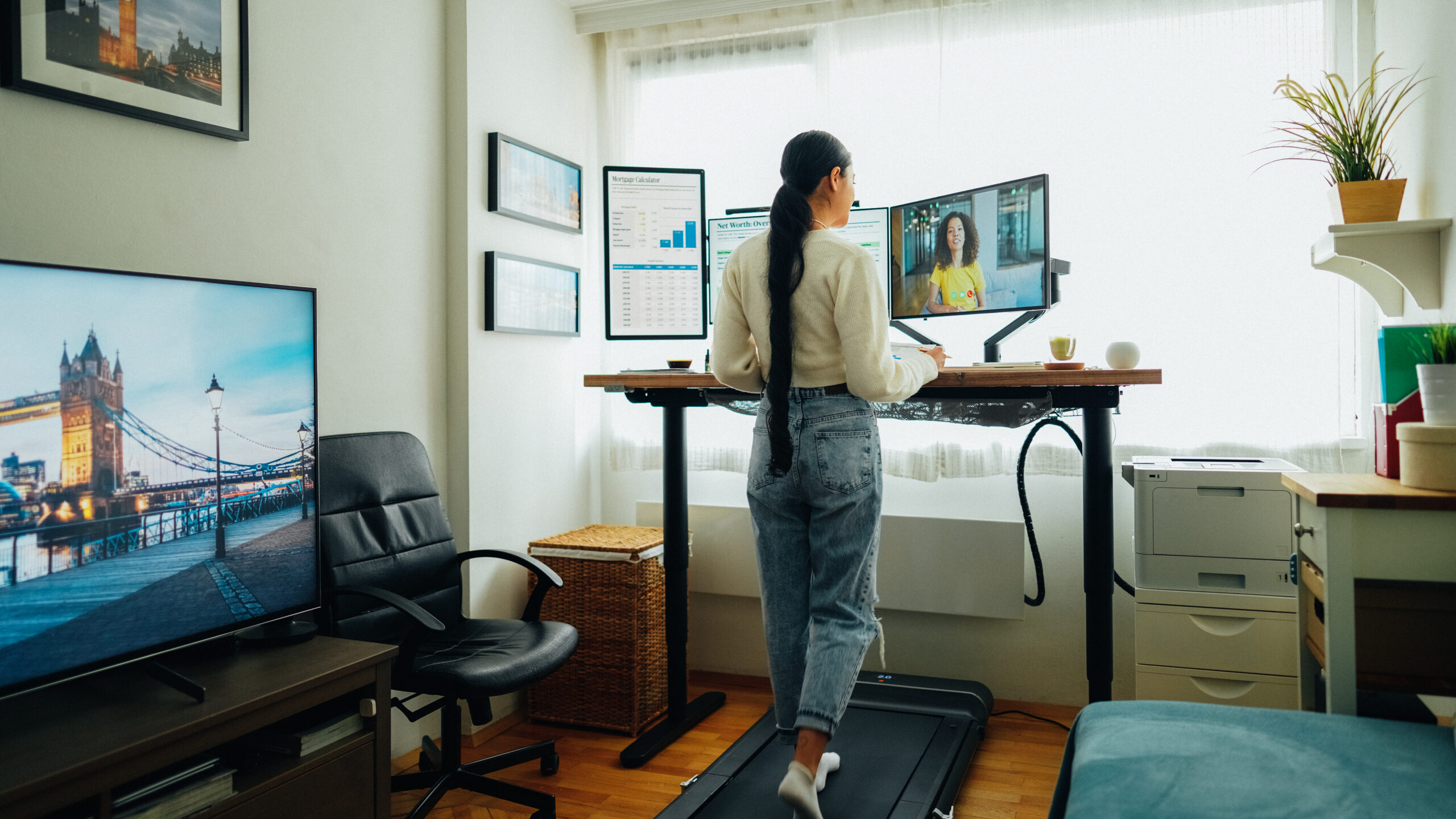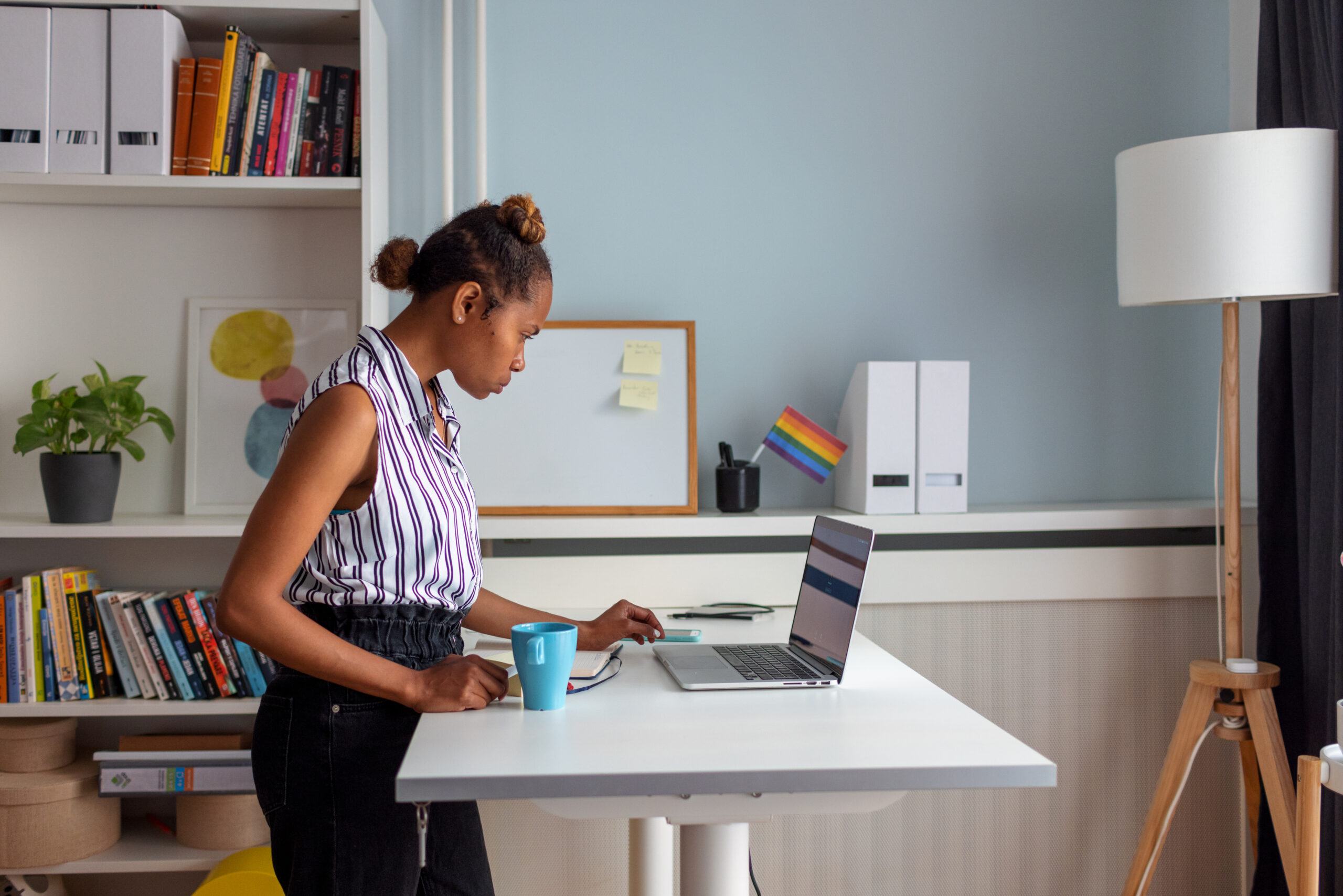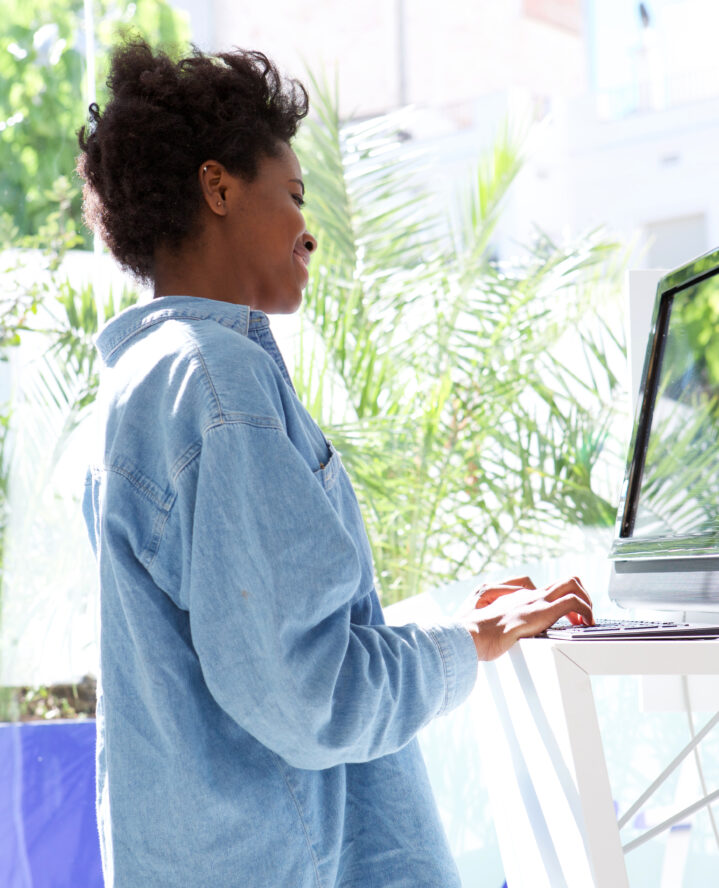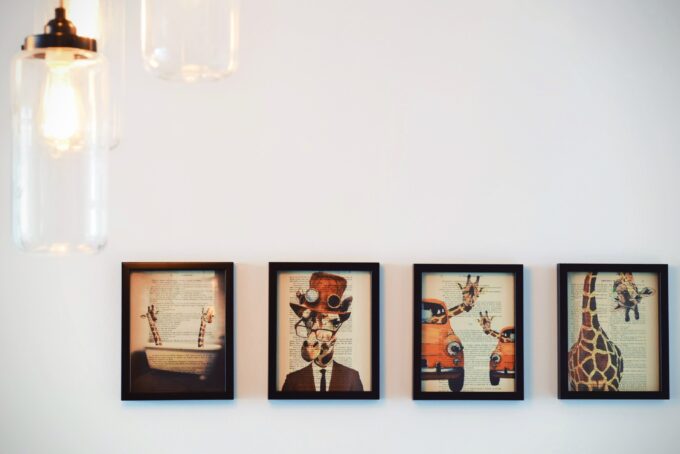Our health routines have become constant companions in the era of remote work and binge-watching. While standing desks aren’t a new concept, their popularity continues to rise. Are they a revolutionary upgrade for your workspace, or just another health fad? Let’s explore the pros and cons of standing desks to determine if it’s time to stand up for your health—literally.

Pros:
A Boost for Your Health
Standing desks are often heralded as health heroes, ready to combat the dangers of a sedentary lifestyle.
Burning More Calories
Believe it or not, standing burns more calories than sitting. While it’s not exactly a workout, every little bit helps. This might be your solution if you’ve ever wanted to burn calories while enjoying your favorite show. Though it may not drastically impact your weight loss goals, it certainly beats remaining sedentary.
Improved Posture
We’ve all been there—slouched over our desks like wilting plants. Standing desks encourage better posture, helping you stand tall.
Reduced Back Pain
Many users report relief from lower back pain after switching to standing desks. If your back has been crying for help, a standing desk might be the solution it’s been begging for.
The Productivity Powerhouse
Standing desks aren’t just beneficial for health; they could also be your new productivity partner.
Increased Focus
Standing can enhance blood flow and energy levels, helping you stay alert during afternoon slumps. Say goodbye to post-lunch brain fog and hello to heightened productivity.
Flexibility in Movement
Standing desks encourage movement. Need to stretch? Go ahead; now’s your chance. You might even invent the next viral office dance move.
Creative Thinking
Some studies suggest that standing while working can boost creativity. If you’re in search of a breakthrough moment, a standing desk might help spark your next big idea.

But Wait, There Are Cons:
Not everything about standing desks is perfect. Here are some factors to consider before making the switch.
Fatigue Factor
Standing for long periods can be tiring. If you’re not used to it, you might find yourself longing for a comfortable chair. It’s essential to ease into standing and incorporate sitting breaks.
Potential Leg and Foot Pain
Standing desks can lead to discomfort in your legs and feet. Investing in an anti-fatigue mat and wearing supportive shoes can alleviate some of these issues.
Adjustment Period
Switching to a standing desk involves more than just a furniture change; it requires a lifestyle adjustment. You may experience an adjustment period as you find your rhythm between sitting and standing.

Finding Your Balance
So, should you stand or sit? The answer may be both. Experts recommend balancing sitting and standing. Here’s how to optimize your standing desk experience:
Start Gradually
Begin by standing for short periods, gradually increasing your standing time. This approach helps your body adjust and reduces fatigue.
Listen to Your Body
Pay attention to how your body feels. If you’re uncomfortable, it’s okay to take a seat. The goal is to find a rhythm that works for you.
Mix It Up
Alternate between sitting and standing to keep your experience dynamic. This strategy can help you avoid the pitfalls of prolonged sitting and standing.
popular posts
Office

Home Office Remodeling Ideas: 6 Ways To Freshen Up Your Workspace
by Kelsey Marie | February 9, 2023
Spaces
Whether it’s luxury or ease, every area of your home should be as fabulous and unique as you.
Home Office Remodeling Ideas: 6 Ways To Freshen Up Your Workspace
by Kelsey Marie | February 9, 2023
Icon Lena Horne’s NYC Personal Office Hits The Market For $1 Million
by Erika Hardison | April 25, 2023
FOLLOW ALONG ON INSTAGRAM
#homeandtexture
Find us on social for more home inspiration where culture, personal style, and sophisticated shopping intersect to help you create a home where you love to live.







